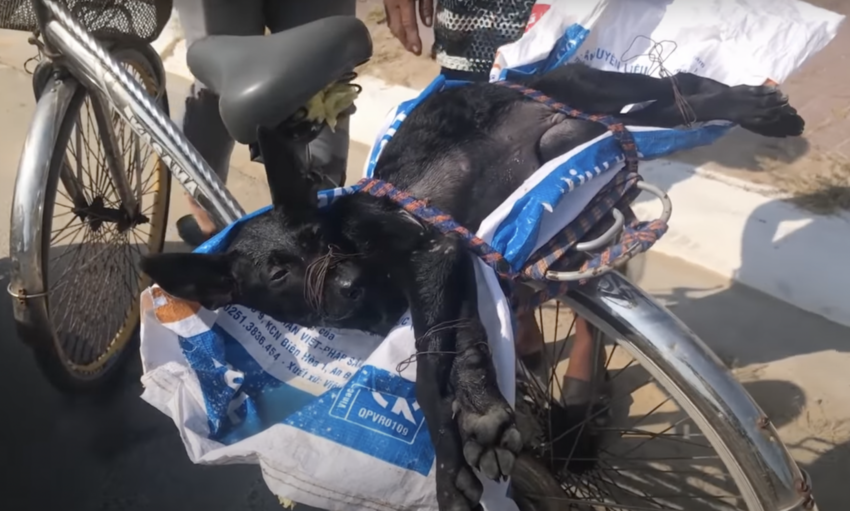A terrified puppy caught in a dangerous circumstance was rescued brilliantly. The dog was on the brink of a steep precipice, its leash twisted in a way that might send it crashing down into peril below. With rescuers running to the scene, clearly conscious of the approaching danger, urgency permeated the air.Fear was reflected in the dog’s eyes as it gripped tightly to the brink, the wire leash cutting into its skin. Every second was vital as the rescue crew moved quickly and deliberately towards the helpless animal. As they gingerly walked towards the brink, evaluating the circumstances and organizing their next action, their will was evident.
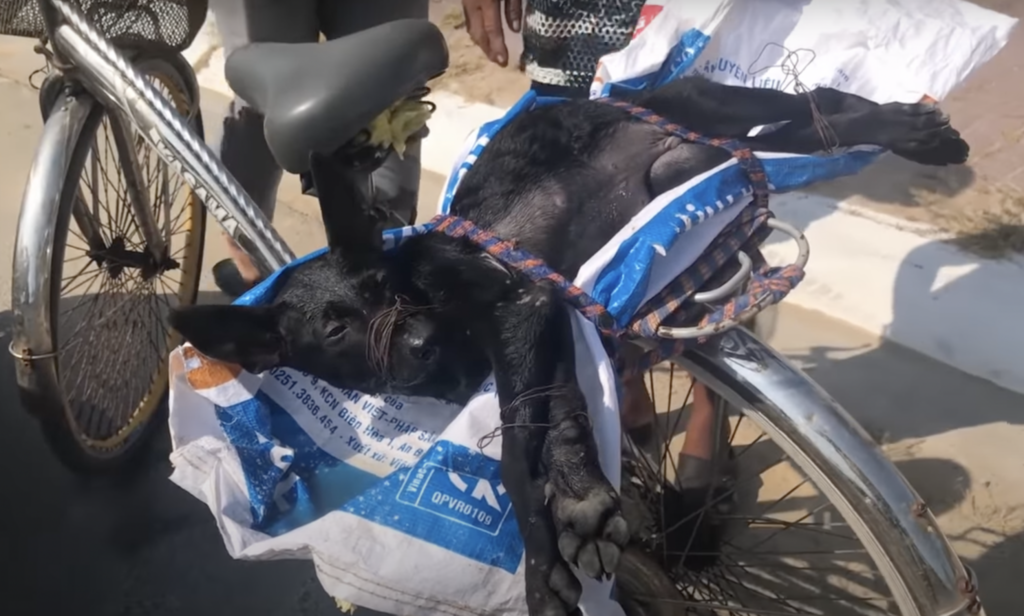
The operation proved human kindness and cooperation. Their hands moving fast to extract the dog from the leash, the rescuers moved with deft accuracy to free it from entanglement. A collective sigh of relief filled the air as the puppy was at last released and carried to safety.
Unquestionably, rescuing a distressed dog caught in a wire on the way to the abattoir is difficult and emotionally taxing. Often involving confronting difficult circumstances and negotiating possible hazards, this horrific work calls for a mix of bravery, compassion, and will.
Usually, the scene is bleak: a dog, terrified and in pain, caught in a wire or other kind of constraint, on its way to an undetermined and most likely sad end. The need of acting quickly is great as every instant the animal suffers increases its misery. Often volunteers or members of animal welfare groups, the rescuers have to approach the problem with a cool but forceful attitude.
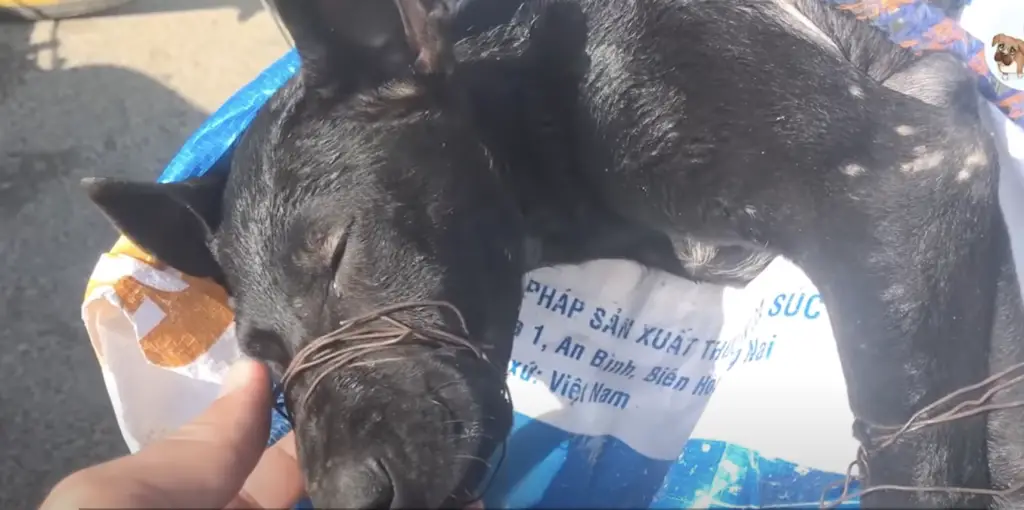
Finding the dog—often in isolated or less accessible areas—is the first difficulty. These sites can be dangerous not only because of the terrain but also because of their proximity to abattoirs, where tensions might be strong and rescuers could stumble across opposition. The crew has to be painstakingly ready, making sure they have the gear they need—wire cutters, first aid kits, safe travel containers.
Arriving, the rescuers have to evaluate the circumstances closely. The dog is probably in panic, hence any abrupt movement could aggravate its discomfort or lead to more damage. Approaching the animal carefully, the rescuers build trust by speaking softly and gently and by slow, deliberate motions. The dog’s fear and pain can make it erratic, hence this delicate process calls both empathy and patience.
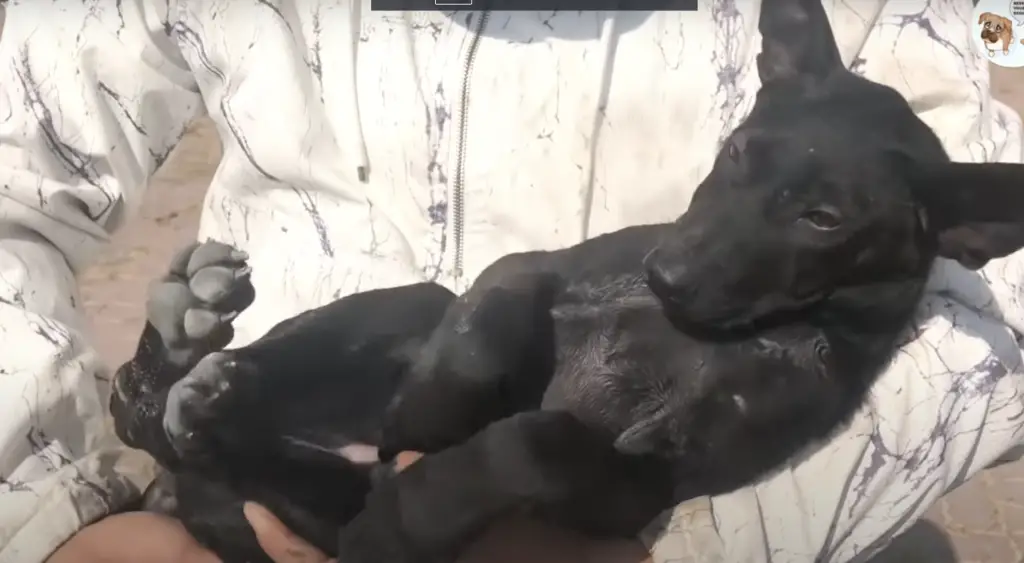
One of the crucial and difficult operations is releasing the dog from the wire. The rescuers have to act fast yet softly to prevent aggravation of any injuries. Often the wire is badly buried and needs exact cutting to prevent more damage. The rescuers are well conscious of the hardship the dog has gone through, hence this phase is emotionally draining as well as physically demanding.
First aid and dog general health assessment take front stage once the dog is released. Though the mental pain might be just as great, the physical scars are usually rather severe. After that, the dog is taken to a safe place—usually a veterinary clinic or a shelter—where it can start the protracted process of rehabilitation and get thorough medical treatment.
For many rescued dogs, their road to recovery is lengthy and difficult. It entails regaining their confidence in people in addition to treating their physical scars. Still, the success stories—where once-anguished canines find loving homes—showcase the resiliency of these animals and the relentless commitment of their rescuers.
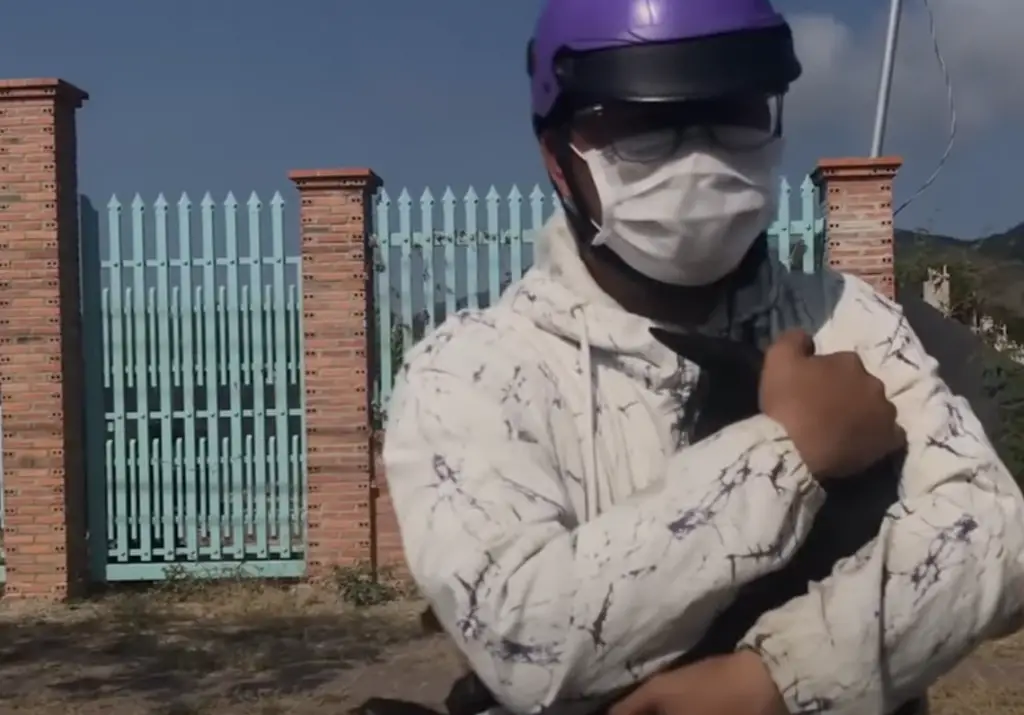
Ultimately, saving a dog caught in a wire on the way to the abattoir is an arduy that underlines the great difficulties animal welfare supporters encounter. It shows the great distances humans will go to preserve innocent life from terrible fate by combining technical ability, emotional strength, and a loving heart in a harmonic manner.
The successful rescue was a sobering reminder of the amazing distances individuals would travel—regardless of species—to assist others in need. It highlighted the close relationship people have with animals and the unflinching commitment to protect life.Ultimately, the dog’s rescue was a ray of hope showing that compassion and unity can triumph even in the face of difficulty, therefore building a better future for all living entities.
